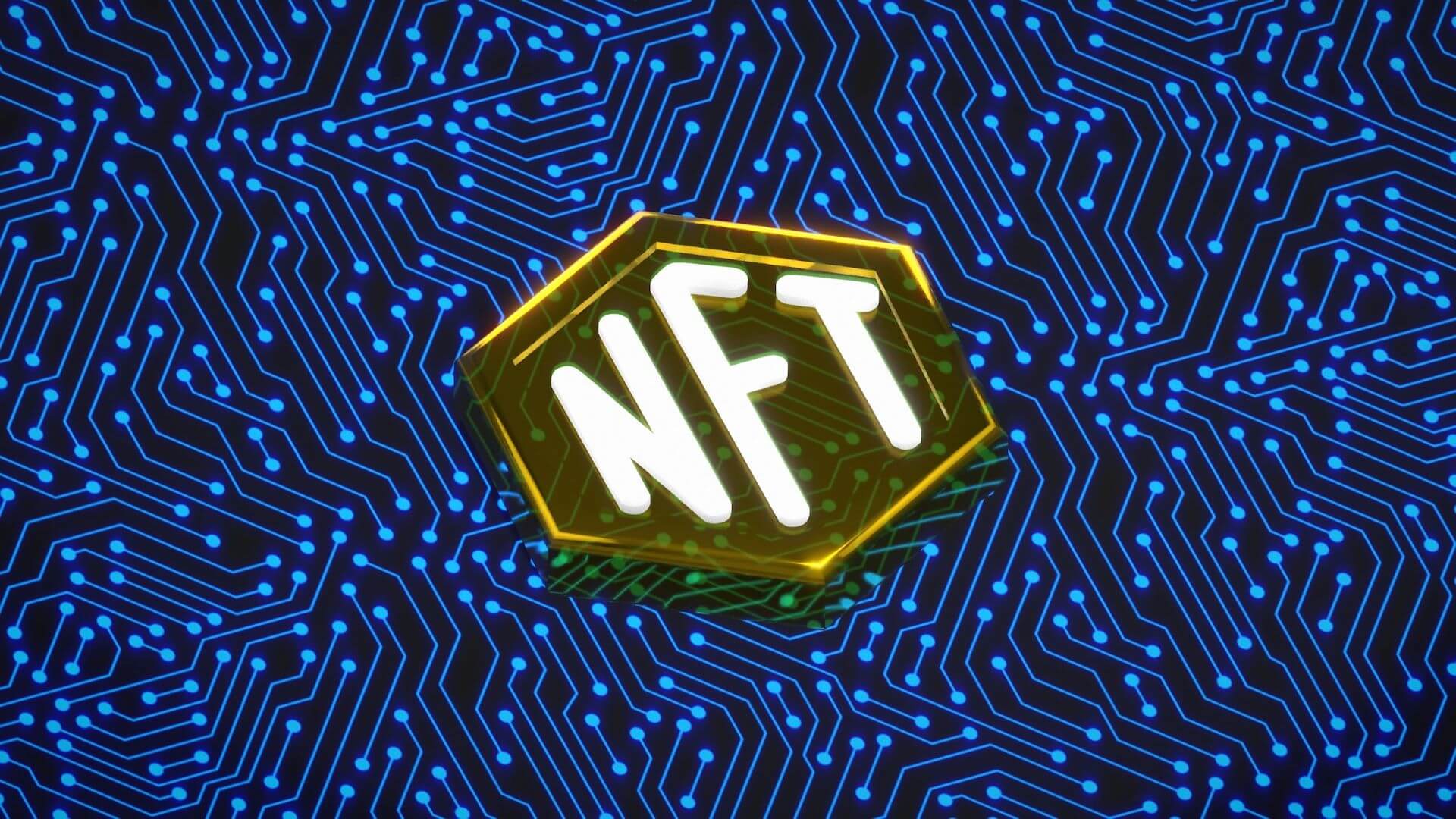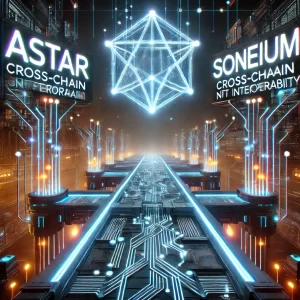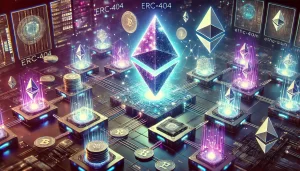
The essence of blockchain technology is its decentralized nature, a foundation that promises transparency, security, and democratization of power. As NFTs (Non-Fungible Tokens) continue their meteoric rise, the need for these digital assets to move between blockchains has birthed NFT Bridges’ development. However, as these bridges attempt to streamline operations across various networks, questions arise about their alignment with the principle of decentralization. Let’s explore if decentralization and NFT bridges can coexist harmoniously.
The Decentralization Paradigm
To fully grasp the implications of NFT bridges, it’s essential first to understand decentralization. Unlike centralized systems, where decision-making authority is concentrated among a few, decentralized systems distribute power across numerous nodes or participants. This dispersion fosters:
- Transparency: Every transaction is recorded on a public ledger, accessible to anyone.
- Security: Due to the distributed nature of blockchains, they are more resilient to malicious attacks.
- Democratization: Decentralization empowers users, ensuring no single entity can exert undue control or influence.
The Role of NFT Bridges
NFT bridges act as intermediaries, allowing the transfer of NFTs between different blockchains. With these bridges:
- An NFT on Ethereum can find its way to Binance Smart Chain or vice versa.
- The unique properties of the NFT, such as its metadata and ownership, remain intact across chains.
The Centralization Concern
The primary concern with NFT bridges lies in their potential centralization. Many bridge protocols operate through a set of validators or nodes that oversee the “locking” of the NFT on one chain and the “minting” of its equivalent on another. This process introduces several points of contention:
- Trust in Validators: If a small group of validators can control the bridge, it raises questions about the security and transparency of the cross-chain transfers.
- Single Point of Failure: Centralized systems, even those with multiple validators, could present vulnerabilities. If these validators collude or get compromised, the NFTs in transit might be jeopardized.
- Decision Power: A more centralized bridge might have the power to decide which NFTs can or cannot be transferred, straying from the ethos of decentralization.
Towards a Harmonious Coexistence
Despite the concerns, many believe that NFT bridges and decentralization can coexist harmoniously, provided specific measures are taken:
- Decentralized Governance: Implementing decentralized governance for NFT bridges ensures that the community collectively makes decisions, such as upgrades or fee structures.
- Open-source Protocols: By making bridge protocols open-source, the broader community can inspect, audit, and improve the code, ensuring transparency and robust security measures.
- Multiple Validators: Encouraging a larger set of validators, ideally spread across geographical regions, reduces the chances of collusion and ensures a more decentralized operation.
- Chain Agnostic: Bridges should aim to be chain agnostic, not favoring one blockchain over another, ensuring equal opportunity for all NFTs to cross over.
Real-World Implementations
The good news is that many NFT bridge protocols already incorporate these principles. They understand the need to align with the decentralized ethos of the broader crypto community and are taking steps to mitigate centralization risks.
Conclusion
The coexistence of decentralization and NFT bridges is not only possible but is already unfolding in many real-world scenarios. While challenges persist, the blockchain community’s intrinsic nature to innovate and iterate ensures that solutions are always on the horizon. By emphasizing transparency, security, and community involvement, NFT bridges can operate in harmony with the principles of decentralization, pushing the boundaries of what’s possible in the world of digital assets.


 Bridge Astar Degens NFTs to Soneium: Beta Test Quest & Rewards
Bridge Astar Degens NFTs to Soneium: Beta Test Quest & Rewards 






